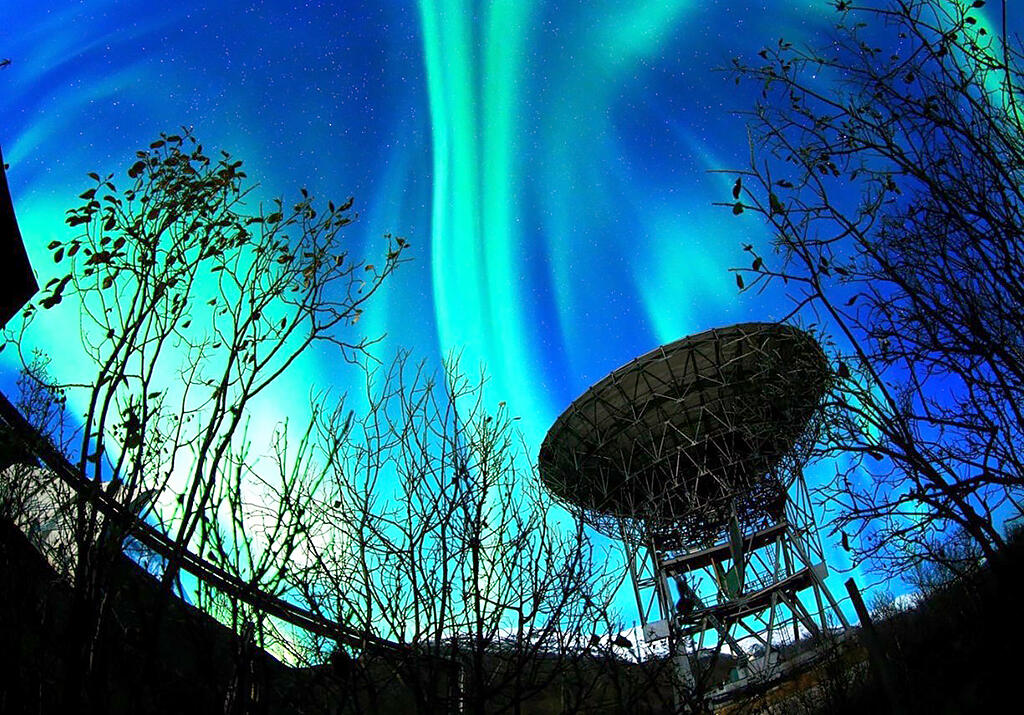An aurora emits light when electrons that have fallen into the Earth's atmosphere from outer space (precipitating electrons) collide with nitrogen, oxygen and other particles. Recent studies have attracted attention because they suggest that high-energy electrons during pulsating auroras (auroras that quasi-periodically switch on and off) precipitate into the Earth's atmosphere and may contribute to the depletion of stratospheric ozone. The precipitating electrons that cause auroras have been directly observed by observation rockets, but the structure of the three-dimensional pulsating auroral emissions and the spatial distribution of the precipitating electrons have not been fully understood.

Provided by NIPR
A research group led by Project Researcher Mizuki Fukizawa, Project Associate Professor Yoshimasa Tanaka, and Professor Yasunobu Ogawa of the National Institute of Polar Research (NIPR), as well as Tohoku University and the University of Electro-Communications, applied computer tomography (CT) widely used in medical diagnosis to auroral images observed at three locations in Northern Europe, and succeeded for the first time in the world in visualizing the ever-changing three-dimensional structure of the aurora borealis.
The reconstructed 3D structure was confirmed to accurately reproduce the electron density in the ionosphere observed by the EISCAT radar, a large atmospheric radar. Furthermore, by incorporating an auroral emission model into their CT analysis, they also succeeded for the first time in the world in reconstructing the two-dimensional distribution of the energy of the precipitating electrons that cause pulsating auroral emissions. The reconstructed data revealed that the region of high energy of the precipitating electrons in the pulsating aurora varied with time.
The energy of the precipitating electrons depends on the magnetic field and plasma environment in space. This research has made it possible to remotely observe the energy of precipitating electrons, a physical quantity in distant space, from a camera installed on the ground.
This discovery is expected to contribute to a greater overall understanding of electron precipitation during pulsating auroras.
This article has been translated by JST with permission from The Science News Ltd.(https://sci-news.co.jp/). Unauthorized reproduction of the article and photographs is prohibited.




